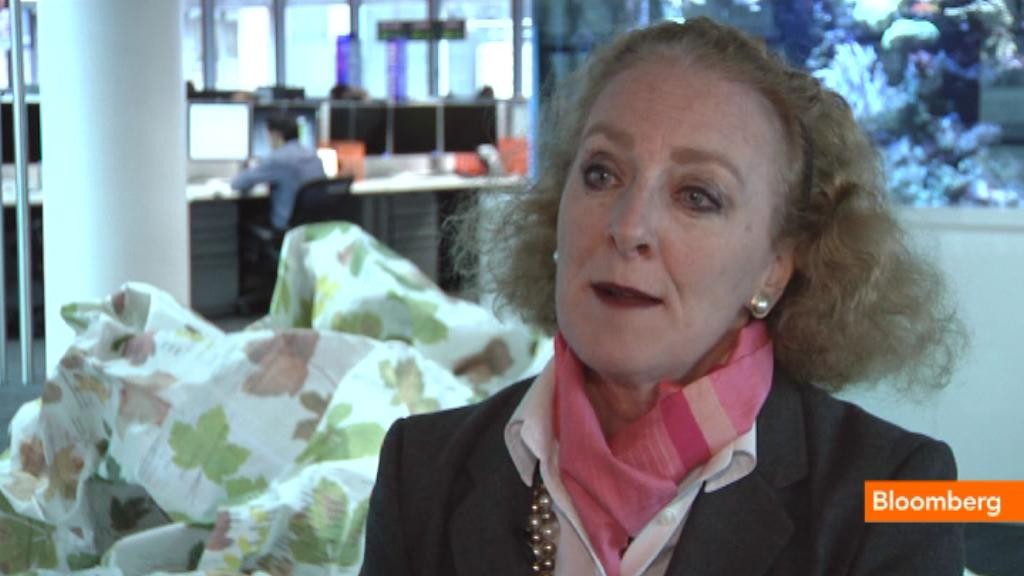Yen Gains Amid WeakerThanForecast Data Bloomberg Business
Post on: 28 Апрель, 2015 No Comment

June 26 (Bloomberg) — The yen touched the strongest level in almost four weeks against the dollar as investors sought safety after weaker-than-forecast U.S. data added to signs of an uneven recovery in the world’s largest economy.
A gauge of the dollar was at almost a five-week low after consumer spending, which accounts for about 70 percent of the U.S. economy, trailed estimates in May. Treasury yields and stocks declined. Canada’s currency reached the strongest since January versus the greenback, and the New Zealand dollar climbed toward a record. The pound rose amid bets measures to cool the U.K. housing market won’t derail the nation’s economy.
“The data we got this morning on personal consumption was a big hit to growth expectations for the second quarter,” Robert Sinche, global strategist at Stamford, Connecticut-based brokerage Pierpont Securities LLC, said in a phone interview. “The selloff in dollar-yen is actually quite modest given the magnitude of the drop in U.S. interest rates.”
The yen gained as much as 0.4 percent to touch 101.49 per dollar, the strongest since May 30, before trading at 101.73 at 5 p.m. New York time, up 0.1 percent. The Japanese currency climbed 0.3 percent to 138.46 per euro. The dollar gained 0.1 percent to $1.3612 per euro.
The Bloomberg Dollar Spot Index, which tracks the greenback against 10 major counterparts, fell less than 0.1 percent to 1,007.69. It reached 1,007.24 yesterday, the lowest level since May 19.
Treasury 10-year yields fell for a third day, damping the allure of dollar-denominated assets. Yields dropped three basis points, or 0.03 percentage point, to 2.53 percent. They were 2.62 percent a week ago. The Standard & Poor’s 500 Index of stocks declined as much as 0.8 percent to 1,944.69, the lowest since June 18, before paring the loss to 0.1 percent.
Biggest Winner
The New Zealand currency is the biggest winner among the U.S. dollar’s 16 major counterparts this month, adding 3.3 percent. The Norwegian krone lost the most, declining 2.6 percent, while the Mexican peso fell 1.2 percent.
Norway’s currency is the second-worst performer this quarter, behind the Swedish krona. The South Korean won has led gains since March 31, rising 4.8 percent.
The Canadian currency, nicknamed the loonie for the image of the aquatic bird on the C$1 coin, strengthened 0.3 percent to C$1.0689 per U.S. dollar. It touched C$1.0683, the strongest since Jan. 7.
“It just seems to be a bit of U.S. selling,” said Ken Wills, a Toronto-based currency strategist at the broker and payment provider USForex Inc. “We’re quickly approaching month-end and quarter-end, so you could see a bit of a volatility here over the next couple of days just being the catalyst behind this.”
Polish Scandal
Hungary’s forint and the Polish zloty fell the most among the dollar’s 31 major peers.
The zloty sank as investors pared bets the central bank will cut interest rates from a record low. Poland’s opposition said it planned to start a legislative procedure to remove central-bank Governor Marek Belka. Prime Minister Donald Tusk’s cabinet survived a vote of confidence yesterday that was triggered by a scandal over leaked recordings of high officials, including Belka.
The Polish currency depreciated 0.5 percent to 3.0500 per greenback. It was the biggest loser after the forint, which dropped 0.6 percent to 226.70 per dollar.
New Zealand’s currency, called the kiwi, climbed as traders bought it with borrowed U.S. dollars in what’s known as a carry trade. The strategy returned 3.6 percent this month, the most among the greenback’s 16 most-traded peers.
Kiwi ‘Favorite’
The Reserve Bank of New Zealand has raised its benchmark rate this year to 3.25 percent. The Fed has kept the key U.S. rate target at zero to 0.25 percent since 2008, and rates are also close to zero in Japan, and the euro area. Federal Reserve Chair Janet Yellen reiterated last week that U.S. rates would stay low for a “considerable time.”
“The kiwi has been a favorite for a while,” said Neil Mellor, a currency strategist at Bank of New York Mellon in London. “It’s fairly clear that the RBNZ have embraced the tightening cycle. The emphasis that there has been on yield seeking has been stoked further.”
The kiwi appreciated 0.5 percent to 87.88 U.S. cents, the highest since August 2011. It reached 88.43 earlier that month, the highest since exchange-rate controls on the kiwi were scrapped in 1985.
Consumer Spending
The dollar fell versus the yen as a Commerce Department report showed U.S. consumer purchases increased 2 percent last month after being little changed in April. Economists surveyed by Bloomberg forecast a 0.4 percent gain. U.S. jobless-benefit claims declined less than forecast last week, another report showed. They decreased to 312,000, versus a Bloomberg survey’s projection for 310,000.

The data came after the Commerce Department reported yesterday that the U.S. economy contracted 2.9 percent in the first quarter, the most since the first three months of 2009.
“The consumer has not been willing to open up their pocketbooks despite increased income,” said Michael Woolfolk, a global-markets strategist at Bank of New York Mellon in New York. “If all is normal in the marketplace, you have bad data, the stock market declines, the currency declines and that’s what we’re seeing today.”
Three-month implied volatility for the dollar-yen reached a record-low 5.64 percent. The dollar fell past its its 200-day moving average of 101.70 yen, a sign to some traders that it may fall further.
‘Risk Off’
The yen also gained amid concern that turmoil in the Middle East will worsen.
“When you have a risk-off move, then yen crosses tend to react to that,” said Hans Redeker, head of global currency strategy at Morgan Stanley in London. “The short-term reaction in the market is related to the risk interpretation. It is down to what you see in the region with Syria attacking areas in Iraq.”
Iraq’s Prime Minister Nouri al-Maliki yesterday rejected calls to relinquish power and allow the formation of a “national salvation” government to counter an insurgency in the country.
The pound approached a five-year high versus the dollar and rose against the euro even after Bank of England Governor Mark Carney introduced measures to limit riskier mortgages and prevent an unsustainable buildup of consumer debt.
Sterling rose 0.3 percent to $1.7027, after climbing on June 19 to $1.7063, the highest level since October 2008. It ended a two-day slide against the euro, strengthening 0.4 percent to 79.94 pence.
To contact the reporters on this story: Rachel Evans in New York at revans43@bloomberg.net ; Andrea Wong in New York at awong268@bloomberg.net
To contact the editors responsible for this story: Dave Liedtka at dliedtka@bloomberg.net Greg Storey, Paul Cox














